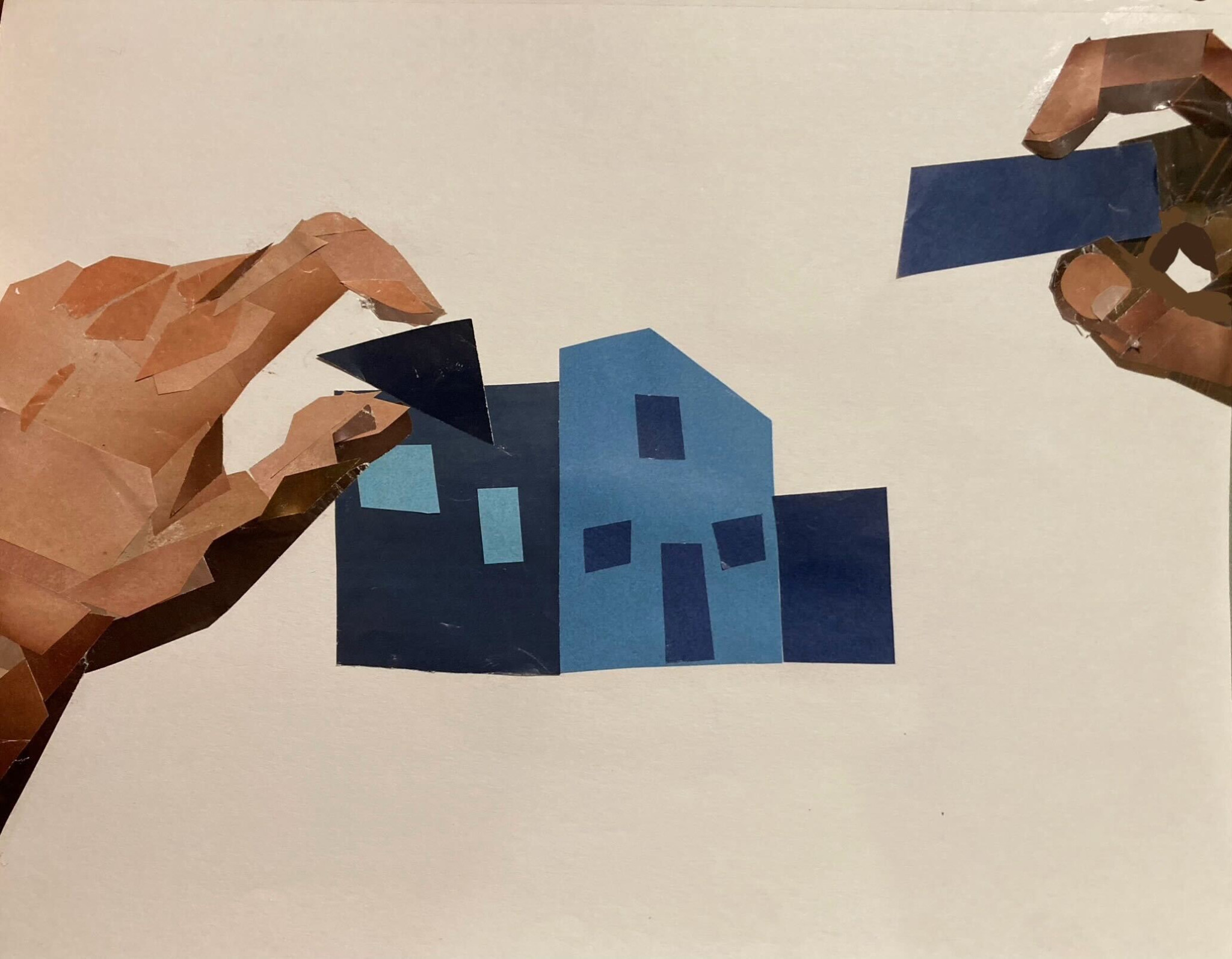For decades, the majority of studies and professions have been divided into two categories: the arts and the sciences. Some individuals who are interested in both subjects have felt torn about choosing between two very different disciplines. However, architecture offers a solution. Through architecture, people can hone in on both art and science skill sets at once and channel two passions into one field of study. Encapsulating both the rigid properties of engineering with the creative aspect of interior design, architecture is both a science and an art.
Berkeley High School students looking to go into architecture deeply resonate with this sentiment. “It’s a neat combination of math and art, and it’s … a really neat way to be creative, but also deep thinking,” said Lily Collins, the co-founder and co-president of the Architecture and Design Club at BHS.
Collins was first inspired to pursue a career in architecture because of her interest in interior and exterior design. She emphasized the interesting connection between art and rigid skills provided by architecture.
“I feel like one major area of architecture where math and creativity intersect is in the actual designing process. Making designs takes a lot of measurements and calculations, but it also has an innovative, artistic side when thinking about layout, structure, form, etc,” Collins said.
Ian Kelso, an architect, as well as the Senior Associate and Project Director at Tipping, a structural engineering firm in Berkeley, provided insight into the specific aspects of architecture that are more technical and those that are more creative and artistic. Kelso explained that the design process is rarely linear, and requires much back and forth, retracting and adjusting previous conceptions and reworking the existing framework of the model. He also said that the design process is highly creative and artistic in and of itself as it requires imagination and vision to be enacted.
“On the technical side, buildings are very complexly built objects that have to meet lots of technical challenges. Structural integrity, water-proofing, climate control, lighting, fire, and life safety are all technical requirements that require logical, linear, problem solving skills to understand and resolve. But, these technical challenges have to be balanced and interwoven with the creative process,” Kelso said.
According to Kelso, beyond the design process, the financial side of architecture is both logistical and creative due to the fact that buildings often require artistic alteration for the building to be structurally feasible. Kelso asserts that in addition to the immense creative aspect of the initial brainstorming of design, there is a creative aspect intertwined with the technical aspect of financial and structural feasibility.
Lillie Hammond, the other co-founder and co-president of the BHS Architecture and Design Club puts a lot of emphasis on the innate creative ‘spark’ and innovative qualities required for building design.
“I think a lot of the original ideas of buildings come from your like, creative spark, whether it’s like, just things around you, or like, if you go to a museum, for instance, or design things like that to that that are then incorporated into specific projects like buildings,” Hammond said.
Hammond also immensely enjoys the fact that architecture is both art and science as she was never especially interested in English or humanities, but was interested in subjects like math, science, and art. Similarly to many people who like both science and art, she initially felt they were highly divergent from each other, and no profession could act as a cohesive culmination of the two, that is, until she found architecture.
“I like architecture because it merges both art and math, which
are two things that are very separate, but come together in architecture,” Hammond said.
Hammond also argued that architecture is not only enjoyable and unique due to
its intersectional properties, but also very helpful regarding developing technical or creative skills. Because architecture requires mathematical processes as well as creative and artistic processes, it has helped her find more motivation to be successsul in math class. “I think my interest in architecture has made me try harder in my math class,” Hammond said.
Collins clarifies this idea further, explaining that math and art not only act cohesively in architecture, they complement and supplement each other. She believes the design aspect of architecture will assist her with enhancing her logical, mental, and mathematical skills.
Clearly, this intersection is vital to both the profession as an occupation, but also as a way for students who enjoy both the arts and STEM subjects to channel their interests into one activity or career. Fortunately for BHS students, the newly founded Architecture and Design Club provides an outlet for fostering this passion, where they can meet others who share the same interest, learn and grow as designers and inventors, and eventually set themselves up for careers in architecture.





